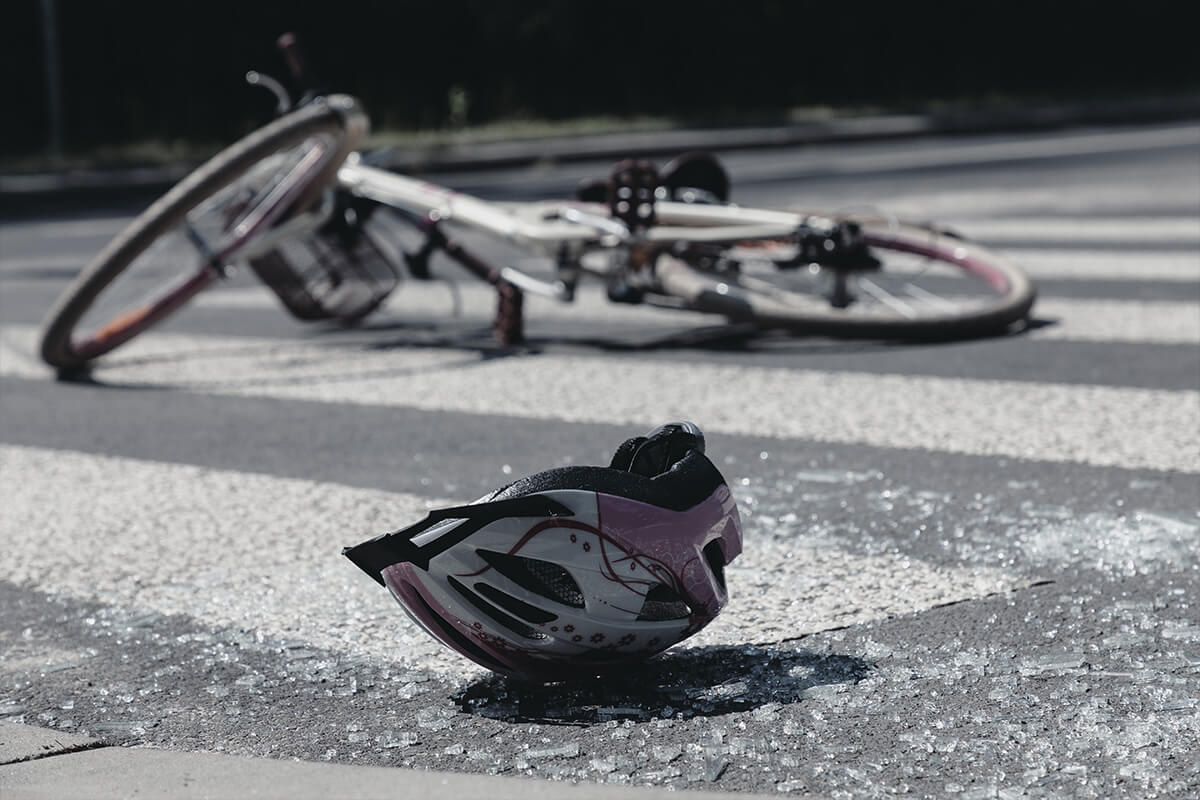Road safety is a critical development priority for South Asia, impacting health, wellbeing and economic growth. Countries in the region must work together if they are to achieve the goal of halving road crash deaths by 2030. This blog is part of our Together for Road Safety campaign.is is your first post. Edit or delete it, then start writing!
Road traffic crashes and deaths are routine occurrences around the world, especially in lower- and middle-income countries (LMIC). Every day, thousands of youths lose their lives in road accidents.
Among 1.35 million road traffic deaths every year (which may be reflective of COVID-19 related deaths) over 30 percent fall under the age of 25. Likewise, road crashes remain the single biggest killer and injury burden to young people aged 15-29 , which amounts to more than the deaths caused by HIV/AIDS and Malaria.
It is, therefore, high time that we opt for common action, resources, better policy, and solidarity to improve the dire situation of road safety. Further strengthening of legislation, improving licensing systems, and road traffic awareness among the youths are necessary steps to mitigate the risks.
Road traffic injuries place an enormous burden on country’s economic growth and health care systems, especially where young people constitute a major part of the population.
In several lower- and middle-income countries, the population of the youths is large, and they are major contributors to the collective labor force. Furthermore, they are an economically active wage-earning group that helps families put food on the table. Losing these breadwinners (sometimes the sole contributors) will not only put the family in unbearable pain but will also push the family into the poverty trap.
At the macro level, the country loses the demographic dividend of human capital that will place an enormous economic burden on countries. Additionally, the cost implication associated with serious road traffic injuries remains a huge debt burden to families, as there are fewer social securities and health coverage offered at the state level in most LMICs.
Road crashes among youth are a serious threat to development endeavors. Road traffic injuries place an enormous burden on country’s economic growth and health care systems, especially in regions where young people constitute a major part of the population.
According to the World Health Organization (WHO), there are several risk factors that put young people at risk of crashes, some of which include the use of proper helmets, speeding, drunk-driving, seatbelts, and distracted-driving .
For instance, most injures that result from motorcycle crashes are head injuries and wearing a proper standard helmet can reduce the risk of deaths by 40 percent and serious injuries by up to 70 percent. The same result shows that only 40 percent of countries have comprehensive helmet laws and effective helmet standards .
Likewise, speeding is another factor that is contributing to injury and deaths among people, especially because of the negative correlation between oncoming traffic and driving speed. This can be illustrated from the duration when there was less vehicle movement. For instance, during the lockdown period, we witnessed the fatality rate go higher in some countries, as the crashes at higher speed cause more severe injuries than those at lower speeds. Setting and enforcing national speed limits for different roads is an important step in reducing speed and protecting youths.
It is vital to engage youths in road safety policy design and implementation.
In short, we can overcome all these risk factors by improving national legislation, policy formulation, and enforcement for all road users including youths. Similarly, an awareness campaign in schools, road safety course curriculum design for high school students, strong and scientific license issuing system to new drivers, safer investments for road-related infrastructure and post-crash services can lower a significant number of deaths and injuries in lower- and middle-income countries.
It is vital to engage youths in road safety policy design and implementation. We are embarking on the second United Nations (UN) Decade of Action for Road safety with the mission of halving road traffic deaths and injuries around the world by 2030. It is necessary to involve youths in the decision-making process, listening to their ideas, and empowering them. Youths should not always be portrayed as the future of the country, while also acknowledging, valuing, and cherishing their role as active contributors to the present.
The second UN Decade of action for road safety and overall sustainable development goal advocates not only for the welfare of the people but also the planet and our surroundings. In addition, the second decade of action is directly linked with the Sustainable Development Goals with target 3.6 and 11.2 that calls for halving the global road deaths and universal access to safe transport in cities and settlements by 2030.
The Sustainable Development goal with the slogan of ‘leave no one behind’ can only be achieved through cooperation and meaningful participation of youths in decision making. A large number of the global youth population is living in South Asia. With only approximately 10 percent of the world’s vehicle fleet, the region accounts for over 25 percent of the world’s crash fatality. This clearly indicates the required urgency of the intervention.
As young leaders of tomorrow, it is pivotal that youth are informed, engaged, and protected. To reap the youth ‘dividend’, countries should invest in protecting youths from dying in road crashes. They should be given proper skills, knowledge, and education so that they can contribute to the development of the country. It is our common responsibility to ensure that we protect youth from preventable road traffic fatalities and injuries to eradicate poverty and increase shared prosperity.
This article was originally published on myRepublica on February, 2021.

